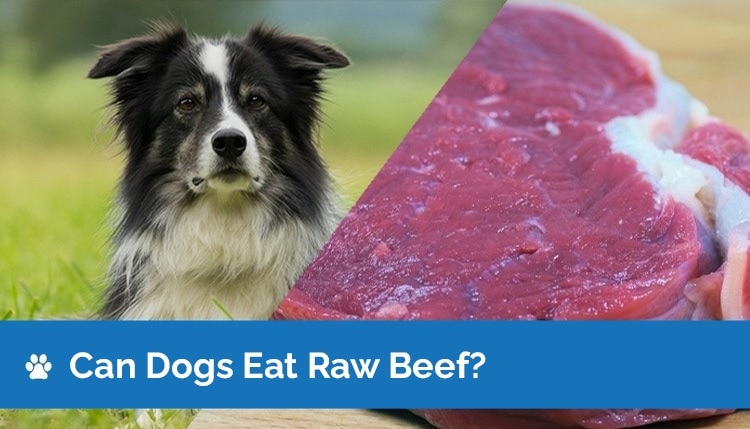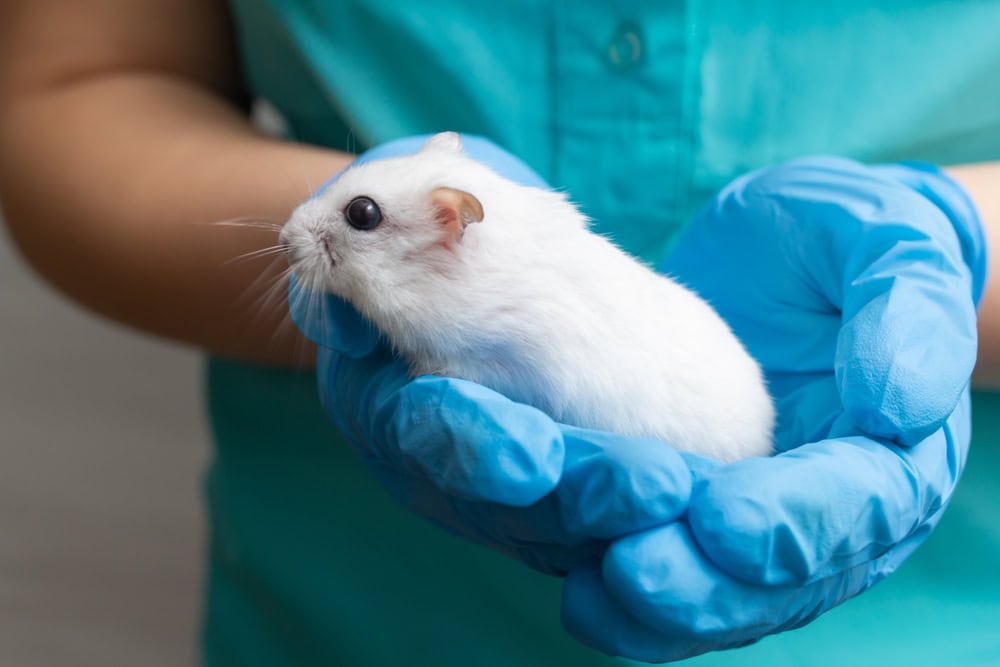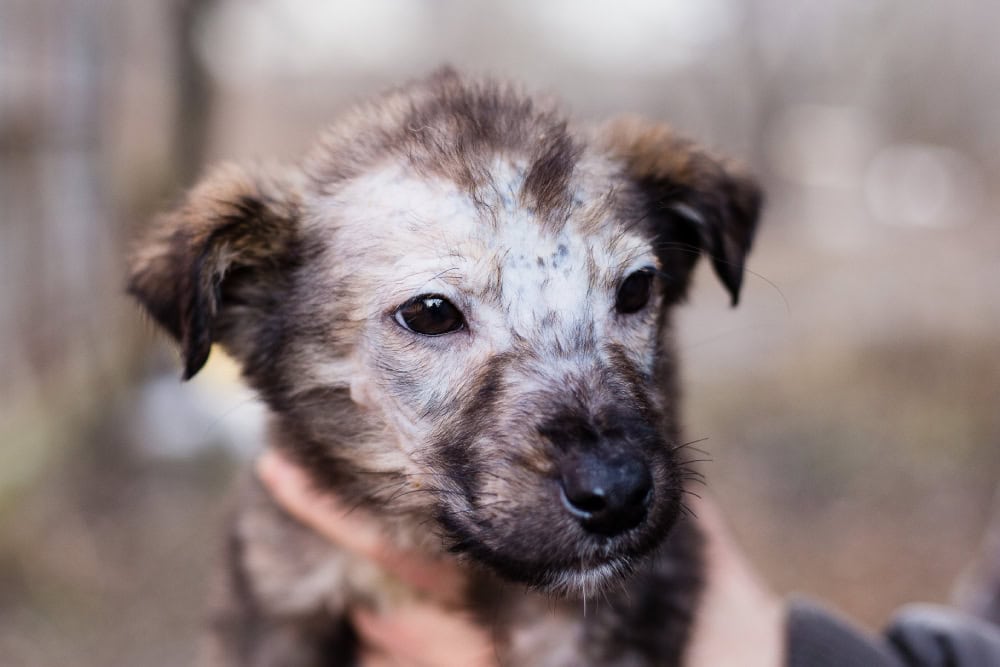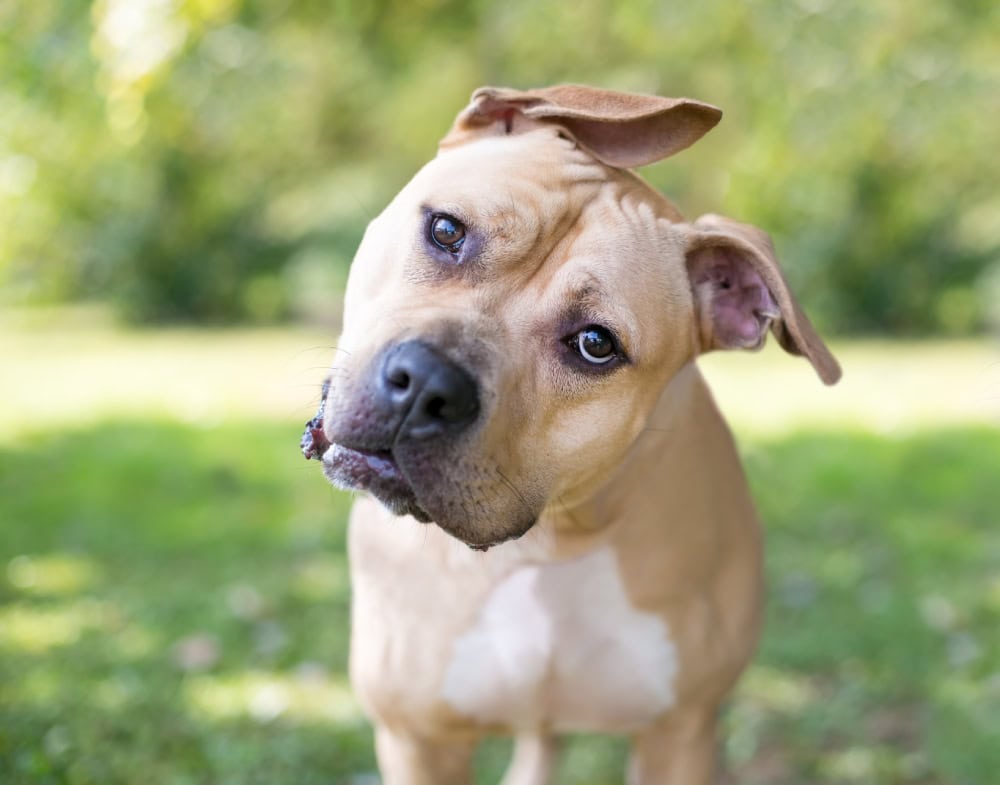VET APPROVED

The information is current and up-to-date in accordance with the latest veterinarian research.
Learn more »If every time you start to cook your delicious strip loin steak for dinner, your dog is looking at you with longing in their eyes, you may be wondering if it would be okay to give your dog a tiny piece of your uncooked steak?
Is raw beef safe for your dog to eat? The answer is not that simple and it depends on many factors. Cooked beef is a safe and healthy food choice for your dog, but there are several important precautions and recognized risks when it comes to raw beef.

Healthy Beef
Beef is a red meat derived from cattle which contains a higher amount of iron-rich protein called myoglobin compared to poultry or fish. It is very popular with the burger and steak crowd but is also commonly used in sausages and corned beef.
Beef is a good source of protein as well as fat (also referred to as beef tallow), vitamins B12, B6, niacin (B3), zinc, iron, selenium, and phosphorus, and a wide range of antioxidants and of course amino acids.
Some of the potential health benefits of beef for people can include:
- Excellent source of protein
- Assists with building and maintaining muscle mass while exercising
- Good source of iron and zinc
In moderation, beef is a very healthy source of a variety of vitamins, minerals, and especially protein.
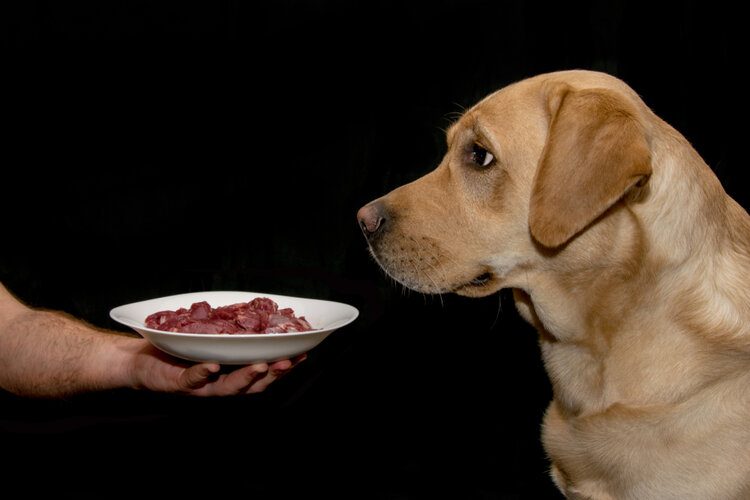
Beef and Your Dog
Beef clearly has a number of health benefits for humans, but what about dogs? The same healthy nutrients of beef can also aid dogs in similar ways. Amino acids are building blocks of protein and are necessary for developing and maintaining healthy muscles in the body, making enzymes, hormones, antibodies and other cellular and tissue structures, boosting the immune system and providing energy, among many other functions.
Zinc supports the immune system and assists wound healing, while iron is crucial for growth and development, making hemoglobin and myoglobin, maintaining a healthy immune system.
Beef is one of the greatest sources of protein and provides quite a number of benefits, but, when it comes to raw beef, there are certain risks to be aware of, before offering it to your dog.
Concerns and Precautions Surrounding Raw Beef
While thoroughly cooked beef does provide many advantages for your dog—when prepared and served adequately—there are also a number of issues that need to be taken into consideration when it comes to raw meat.
Raw Beef
Dogs may contract harmful bacteria from raw or undercooked meat, although they are usually less likely to develop clinical illness, unless they are very young, old or have a weakened immune system. Contaminated meat could lead to an illness or infection, due to contamination with pathogenic bacteria such as Listeria, E.coli, Clostridium and Salmonella.
If a dog contracts Salmonella, it could be transferred to a person through the dog’s saliva and poop. This is especially dangerous if you have any young children in the home, old, immunocompromised individuals, or pregnant women. Dogs that are showing no signs of illness can also shed these bacteria in their feces, putting other animals and people at risk, and some of these bacteria have shown resistance to multiple antimicrobial medications.
The American Animal Hospital Association (AAHA) has issued a statement in which they recommend against raw feeding of pets, due to the considerable concerns for the health of the pet eating raw meat, other animals that come in direct contact with them or their feces, their human family members and ultimately the public as well.
Signs of foodborne illnesses may include:
- Vomiting
- Diarrhea
- High fever
- Lethargy
- Loss of appetite
- Abdominal pain
- Neurological signs such as tremors or seizures (food contaminated with mycotoxins)
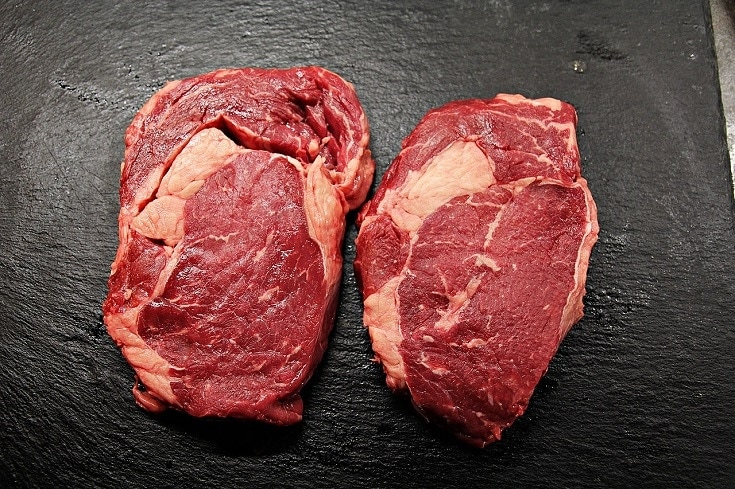
Take your dog to the vet if you suspect any kind of food poisoning or a digestive issue, particularly if your dog is not feeling better within 12–24 hours, or they are getting worse, becoming lethargic, refusing food or water, vomiting with or without blood, passing blood in the stool, appearing weak or uncoordinated, or experiencing tremors.
If you allow your dog to chomp on a bone with meat on it, you are running the risk of the bone splintering and pieces getting stuck at the roof of the mouth or back of the throat, or causing a blockage of the intestinal tract or stomach if swallowed. Your dog could also crack a tooth while chewing on a bone.
Some of the other concerns that exist when it comes to raw foods, particularly in case of homemade diets, may include nutritional deficiencies or excess of certain nutrients, ingestion of bones which are not suitable for all dogs, thyroid and parathyroid disbalance, and the already mentioned presence of various harmful bacteria and parasites.
For pet owners who would like to follow a homemade diet or offer raw meat to their pooch, the best course of action is to consult with a veterinarian or a veterinary nutritionist, who can formulate individualized nutritional plans based on the dog’s age, nutritional requirements, lifestyle, health, household risks and much more.
Processed Meat
You will also want to avoid processed meat like bacon, hot dogs, sausages, and bologna because of the high salt content. There can also be additional seasonings that are harmful or even toxic to dogs, such as onions and garlic.
The most important steps you can take is to speak to your vet before changing your dog’s diet, gather enough information so you can make an informed decision of the risks associated with raw diets, weighing pros and cons, and if you decide to give it to your dog, ensuring that you properly prepare and store raw beef in order to protect your dog’s health, your own and health of all the other family members.
Handling Raw Meat
The first thing you should do is ensure that all bones are removed from the meat to avoid injury to your dog. Avoid rinsing off the meat beforehand. Many believe this will help wash off added chemicals or bacteria, but it actually increases the likelihood of cross-contamination (the sink, your hands, and any splashing will spread it out even further). Cooking will kill off any bacteria on the meat anyway. Be sure to wash your hands before and after handling the meat and thoroughly clean any surface the meat has been sitting on.
Make sure the meat is not spoiled, and do not add any seasonings, oils, or butter, as these kinds of ingredients could disagree with your dog’s stomach. Remove any large amounts of excess fat and cook the beef for several minutes reaching at least 145℉ internal temperature, which should kill off any Salmonella bacteria.
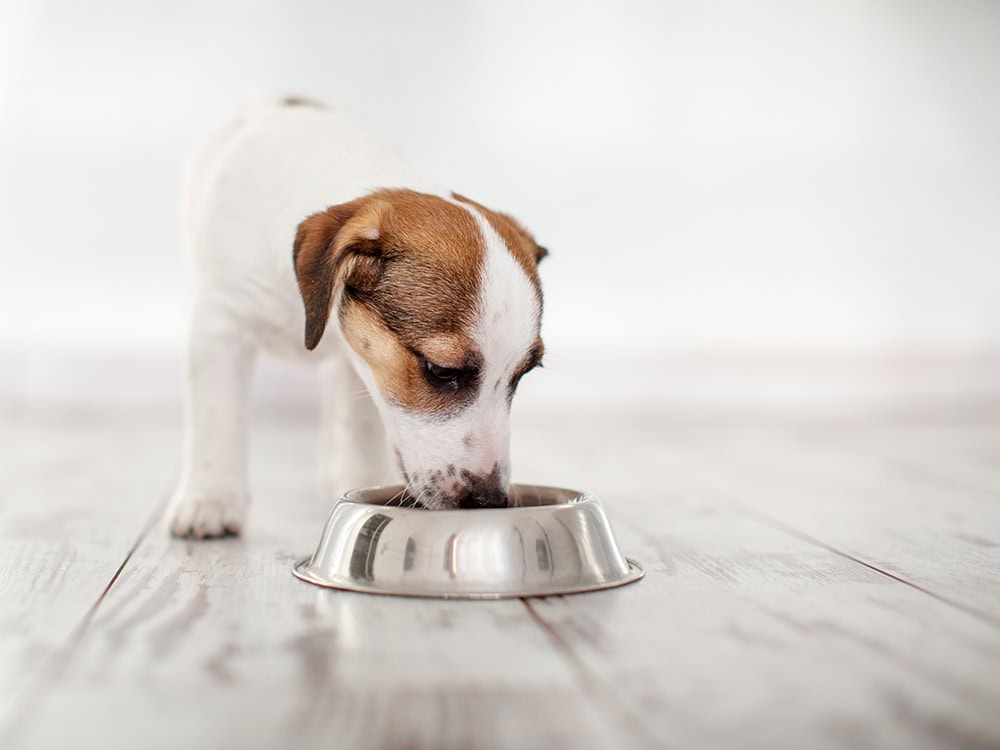

Final Thoughts
There are many factors that need to be considered before feeding a dog raw beef. The most important step you can take before purchasing any meat for your dog is to speak to your vet first. Your vet can guide you with your dog’s diet and will take into consideration your dog’s health, weight, and age.
Beef is a healthy protein choice for most dogs, unless they suffer from beef food allergies, but there are certain risks to be aware of when it comes to raw beef, and this may not be suitable for most dogs and their households, for the reasons already mentioned.
See Also:
Featured Image: webandi, Pixabay
- Is feeding a raw meat-based diet worth the health risks?
- Raw protein diet – AAHA.
- WSAVA Global Nutrition Committee Statement on Risks of Raw Meat-Based Diets Veterinarians and pet owners share a common goal: To
- Improving Human Health with Beef Products
- Get the Facts! Raw Pet Food Diets can be Dangerous to You and Your Pet | FDA
- Can Dogs Get Food Poisoning? | PetMD
Contents
How useful was this post?
Click on a star to rate (you can leave written feedback after clicking submit)
Help us improve Hepper for pet parents!
Your feedback really matters.
What did you like about this post? Also how can we improve it?








